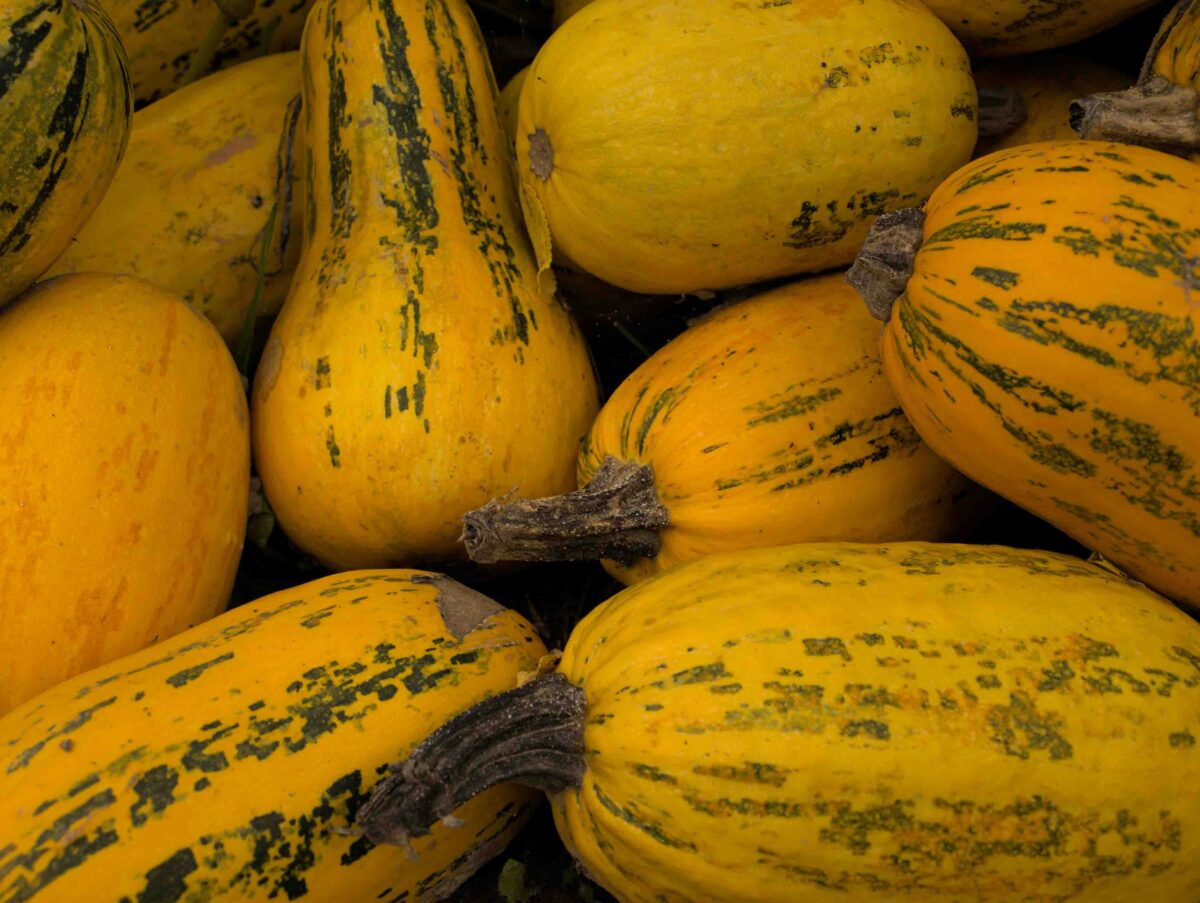Spaghetti squash is a winter squash that, when cooked, separates into spaghetti-like strands. This unique texture makes it a popular alternative to traditional pasta, especially among those looking to reduce carbohydrates in their diet. With its mild flavor, spaghetti squash can be paired with a variety of sauces and toppings, making it a versatile ingredient in healthy cooking.
Nutritional Benefits of Spaghetti Squash
Not only is spaghetti squash delicious, but it also offers a range of health benefits. Here are some key nutritional facts:
- Low in calories: A cup of cooked spaghetti squash contains about 42 calories.
- High in fiber: It provides approximately 2 grams of fiber per serving, aiding digestion.
- Rich in vitamins: Spaghetti squash is a good source of vitamins A and C, which support immune function and skin health.
- Hydration: With a water content of around 90%, it helps keep you hydrated.
How to Prepare Spaghetti Squash
Preparing spaghetti squash is straightforward. Follow these steps:
- Choose a ripe squash: Look for a firm, yellow squash without soft spots.
- Cut it in half: Use a sharp knife to slice the squash lengthwise, being careful of the tough skin.
- Remove the seeds: Scoop out the seeds and stringy pulp using a spoon.
- Cooking methods: You can roast, microwave, or boil spaghetti squash. Roasting enhances its flavor.
Roasting Spaghetti Squash
- Preheat your oven to 400°F (200°C).
- Drizzle olive oil on the cut sides and season with salt and pepper.
- Place cut-side down on a baking sheet and roast for 30-40 minutes, depending on size.
- Once cool, use a fork to scrape out the strands.
Classic Spaghetti Squash Recipes
Here are 5 classic spaghetti squash recipes that are both delicious and easy to prepare:
1. Spaghetti Squash with Marinara Sauce
This simple dish combines roasted spaghetti squash with a homemade or store-bought marinara sauce. Top with fresh basil and grated Parmesan for extra flavor.
2. Spaghetti Squash Alfredo
Swap traditional fettuccine for spaghetti squash in this creamy Alfredo recipe. Use a blend of cream, Parmesan, and garlic for a rich sauce that clings to the strands.
3. Spaghetti Squash Pad Thai
For a twist on classic Thai cuisine, stir-fry spaghetti squash with shrimp, tofu, and a tangy sauce made from tamarind and lime. Garnish with crushed peanuts and cilantro.
4. Spaghetti Squash Primavera
Lightly sauté seasonal vegetables such as bell peppers, zucchini, and carrots, then toss them with spaghetti squash and a sprinkle of olive oil for a fresh, colorful dish.
5. Spaghetti Squash and Meatballs
Pair hearty meatballs with a bed of spaghetti squash instead of pasta. Top with marinara sauce and a sprinkle of mozzarella, then bake until bubbly.
Creative Spaghetti Squash Dishes
Looking to think outside the box? Try these 3 creative spaghetti squash dishes that are sure to impress:
1. Spaghetti Squash Enchiladas
Fill roasted spaghetti squash halves with a mixture of black beans, corn, and enchilada sauce, then bake them topped with cheese for a Mexican-inspired meal.
2. Spaghetti Squash Pizza Bake
Mix cooked spaghetti squash with pizza sauce, toppings, and cheese, then bake until golden for a fun, healthy pizza alternative.
3. Spaghetti Squash Breakfast Bowl
Combine spaghetti squash with scrambled eggs, spinach, and feta cheese for a nutritious breakfast option. Top with avocado for added creaminess.
Spaghetti Squash as a Substitute
One of the best features of spaghetti squash is its ability to substitute for traditional pasta in many recipes. Here are some ideas on how to incorporate it:
- Pasta salads: Use spaghetti squash as a base for cold pasta salads, adding vegetables, olives, and a light dressing.
- Lasagna: Layer cooked spaghetti squash with ricotta, marinara, and mozzarella cheese for a gluten-free lasagna alternative.
- Stir-fries: Toss spaghetti squash with your favorite stir-fried proteins and veggies for a low-carb option.
Tips for Cooking Spaghetti Squash
Here are some essential cooking tips for spaghetti squash to ensure the best results:
- Always test for doneness by piercing the flesh with a fork; it should easily shred into strands.
- If you prefer a firmer texture, reduce cooking time slightly.
- Store uncooked spaghetti squash in a cool, dry place for up to a month.
- Leftover spaghetti squash can be refrigerated for up to five days and reheated easily.
